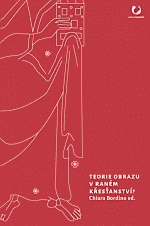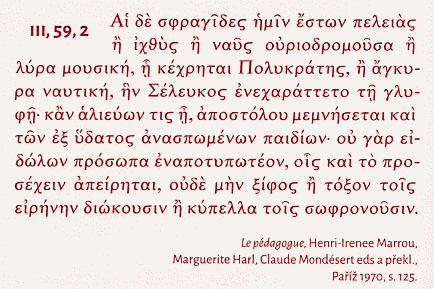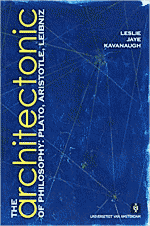
Books published using the Aristarcoj font

Chiara Bordino, ed.
Teorie obrazu v raném křesťanství?
[Translated from the original Czech:]
Image theory in early Christianity?

In the first centuries of our era, the pagan culture of the Roman Empire encountered a new nascent Christian religion, which would become the cultural driver of Europe. The Roman Empire is literally imbued with images at this time, but Christianity, based on Jewish tradition, approaches the depiction of people and God very cautiously because it sees in it the danger of idolatry.
The book presents a selection from the reflections of early Christian thinkers, thinking about the role of images and the advantages and risks of their use. The reader thus receives a guide to the visual culture of late antiquity, offering answers to questions about how the attitude of the first Christians towards images was formed and how the current rich visual culture of the Roman Empire was reflected in “Christian art”.
The texts of thinkers from the period from the second to the fifth century, accompanied by numerous illustrations, are supplemented by a critical interpretation of the Italian art historian Chiara Bordino. The foreword was written by Ivan Foletti and Pavla Tichá.
The Centre for Early Medieval Studies, Masaryk University
Brno, Czech Republic
publications | online store (Google Translate)

Leslie Kavanaugh
The Architectonic of Philosophy: Plato, Aristotle, Leibniz
In the Architectonic of Philosophy Leslie Kavanaugh chose three ‘architectonics’, philosophical structures, to be examined more extensively. These are Plato’s Chora, the continuum of Aristoteles and finally Leibniz’s labyrinth. The concept of the ‘architectonic’ is borrowed from Kant, albeit with differing intentions. Whereas the history of philosophy defines metaphysics as asking the question ‘What is Being?’; here is asked ‘Where is Being?’ What is to be analysed is indeed part of the tradition of metaphysics to inquire about Being qua being, but here the inquery is into its structure, its position within the onthological whole. In doing this analyses, two points become explicit. One; Onthology has a structure; and two; the status of Being within this structure.
